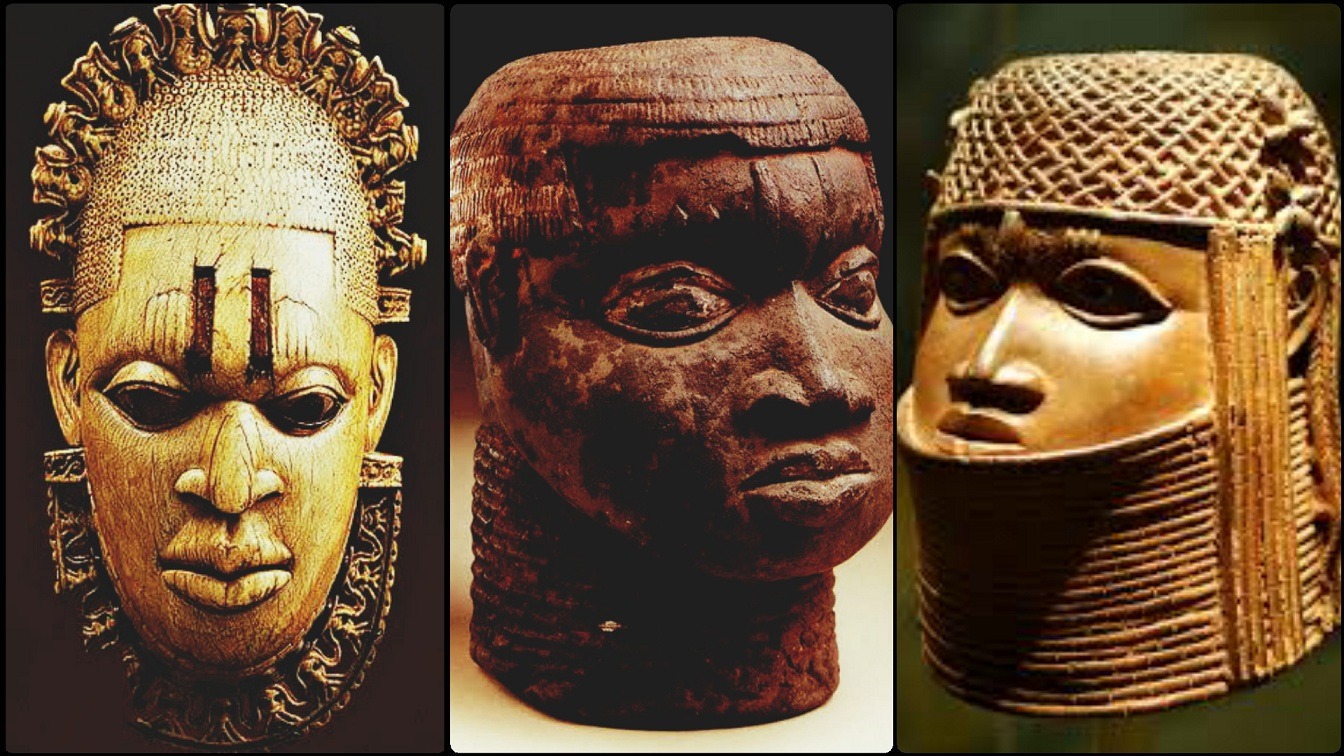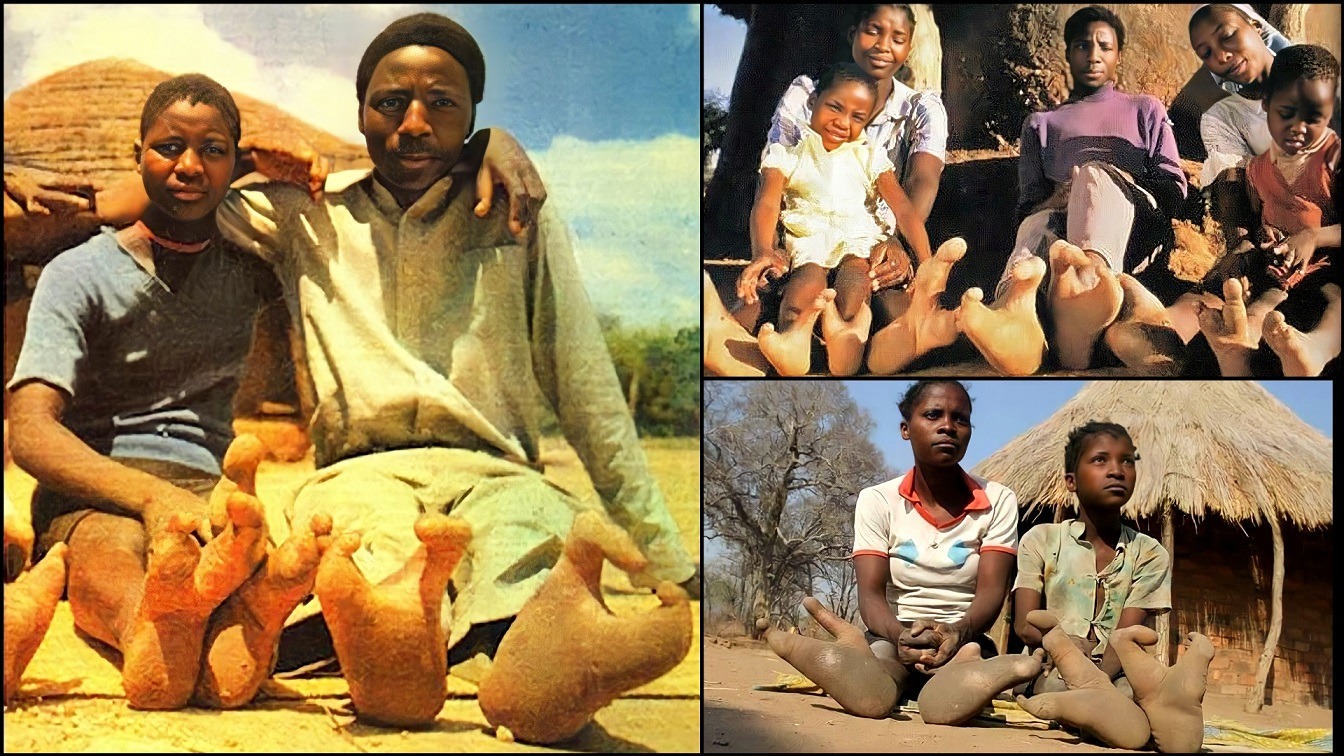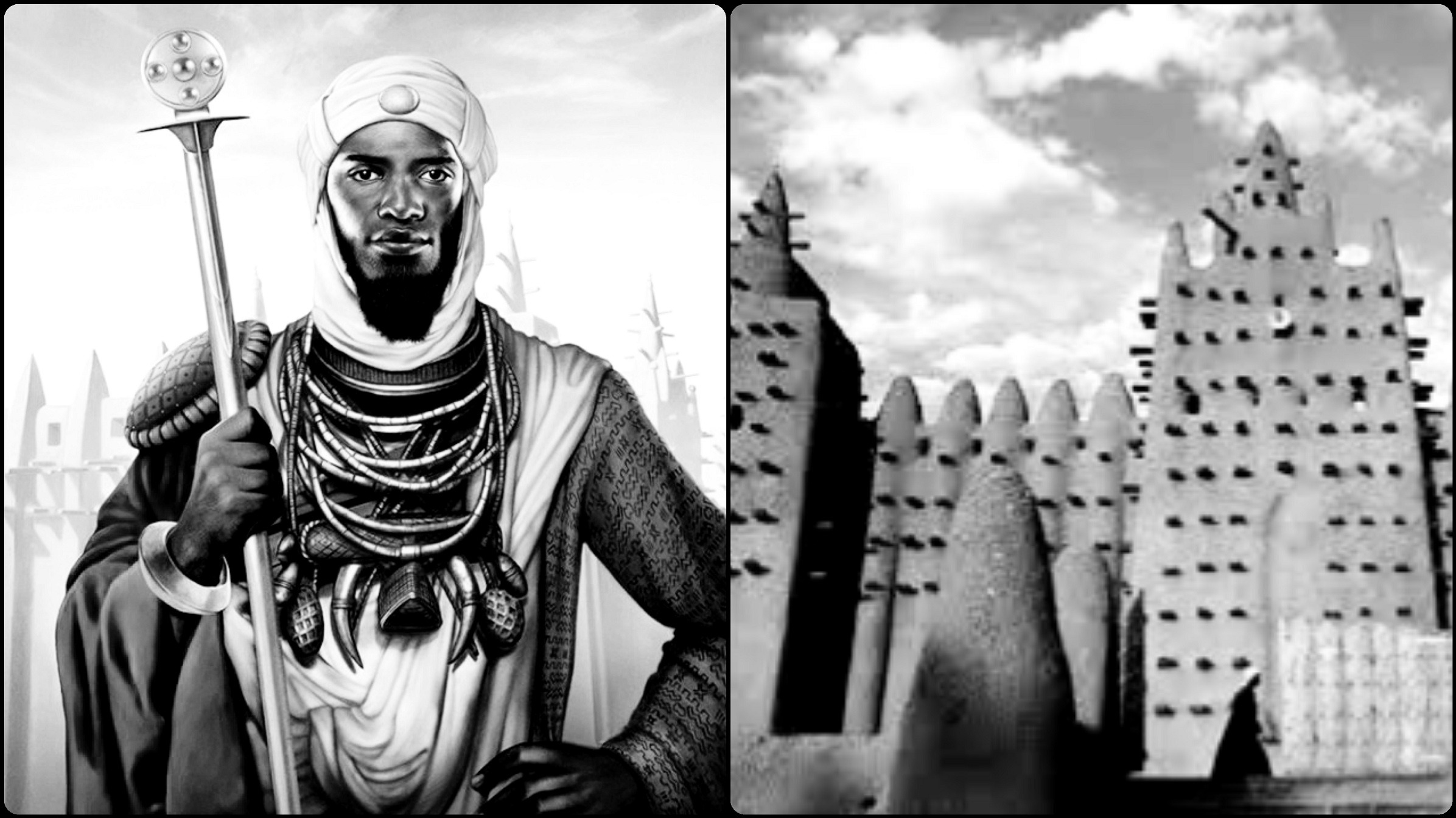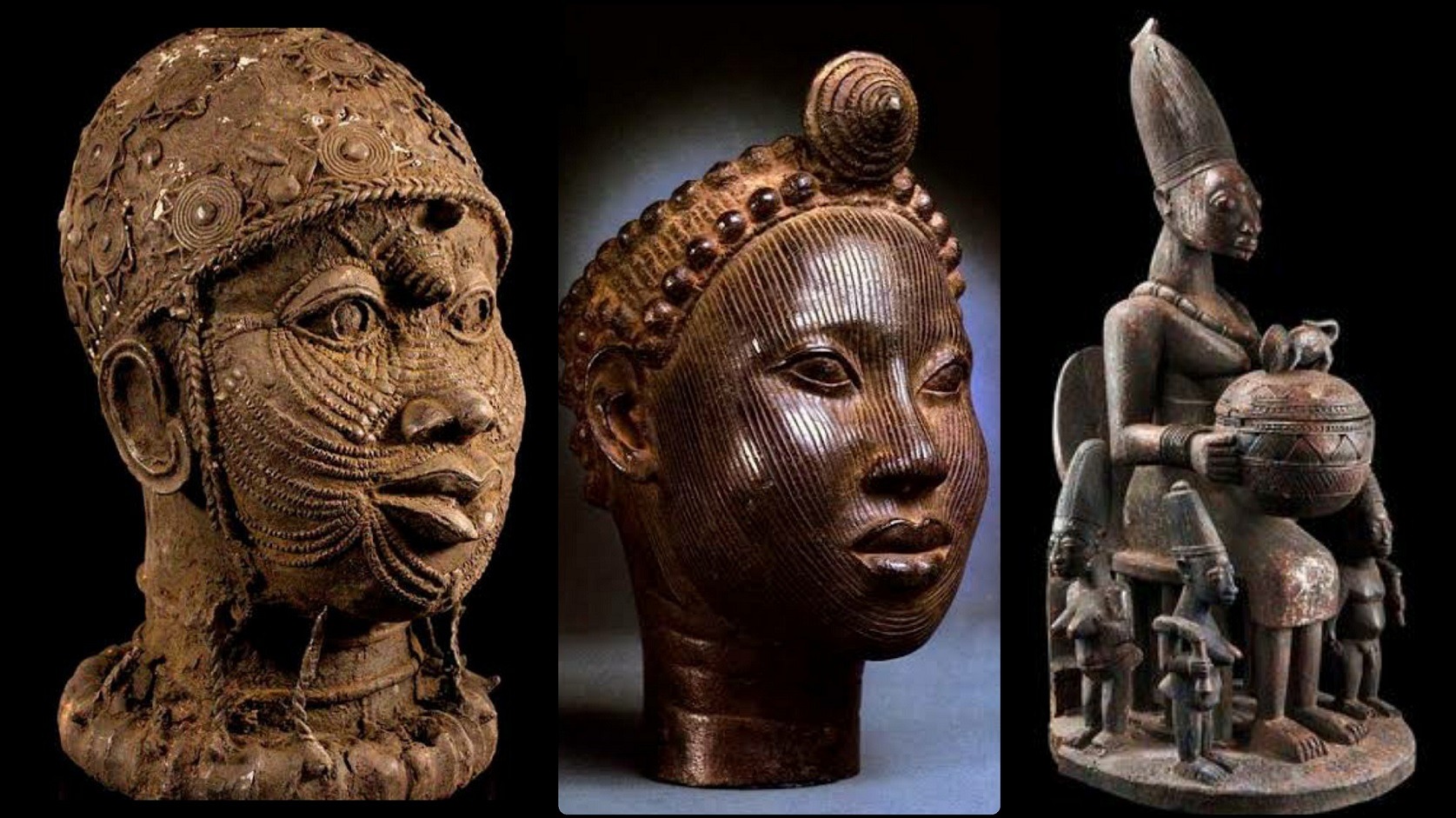In this article, we are going to delve into the interesting history of the Benin art of the medieval ages. Being art is the art ascribed to the kingdom of Benin or Edo people which existed right from 1440—1897, a precolonial west African empire that was located in what is today known as the south-south region of Nigeria.
The art was made primarily of cast bronze and carved ivory and was produced mainly for the court of the Oba of Benin, who was considered a divinely-mandated ruler to whom most of the famous craftsmen in the Kingdom produced a wide range of ceremonially important artifacts. One can only appreciate the full complexity of these works when they take cognizance of the complementary cultural perceptions they imbue. While the western world merely sees them as works of art, the Benin people view them through the prism of the culture and as mnemonic devices to reconstruct history, and as ritual objects.
Due to their stylistic differences, these works of art have been categorized into different epochs or timelines. They include:
• The Archaic Period (Origins – 1360)
• The Ancient Period (1360 – 1500)
• The Flowering Period (1500 – 1575)
• The Apogee Period (1575 – 1648)
• The Renaissance Period (1648 – 1691)
• The Decline Period (1691 – 1819)
One thing the royal arts of Benin symbolize is that they affirm the significance and centrality of the Oba, portraying him as a divine subject, drawn from nature. While they record the kingdom’s historical events and how the Oba interacts with them, they also initiate the Oba’s involvement with the deities, ensuring a continuity that is essential to the growth and well-being of the kingdom.
The brass, ivory, and coral that were the basic materials used in the Benin art were all endowed with sacred powers. The time it took to carve or sculpt them, and the innate powers they exuded all added up to reflect the supernatural and otherworldly powers of the Oba and the great wealth he commanded.
Over the centuries, the Obas have used the art through interpret historical developments within the kingdom and to orientate themselves with past efforts to support their own initiatives and secure their places in history. The Benin arts only came to world attention after the Punitive Expedition of the 19th century, although they have been in existence at least way back from the 13th century.
Ancestral Altars
Once a new Oba is installed, he is responsible for creating an altar totally dedicated to his father, selecting and commissioning the appropriate objects to beautify it, and activating it on a daily basis with victuals and animal blood. The same ritual is done for his mother if she reached the title of Iyoba or queen mother. Bells and rattle staffs are essential for ancestral altars, although ivory tusks and commemorative brass heads are specifically made for royal altars. The reason is that, although associated with trade, ivory and brass are both durable and valuable, and their colors, white as sacred kaolin and red like fire and coral beads, have a relationship with power.
Before colonialism by the British, an Oba’s courtyard was the central and focal point for rituals to honor him. When British forces invaded the kingdom and took possession of the palace in 1897, they reported 18 altars dedicated to previous Obas. Today all previous altars are held together in a single courtyard.
The Punitive Expedition
Benin art declined in the 19th century when the Punitive Expedition by the British led to a massive impairment in the creation of artworks. On the early morning of February 18, 1897, British forces invaded Benin City with strict instructions to invade and conquer the territory. As a result of this, all the possessions of the Oba and the various artworks became the spoils of war and were rounded up with little regard for their deep associated meaning. There were no detailed and systemic records kept of their grouping, placement, or relocations. Many were then sold in the UK to defray the cost of the expedition.






